MAKING MARMALADE IN THE MICROWAVE.
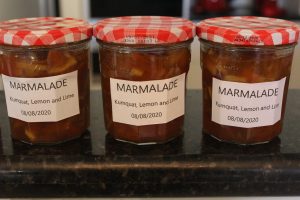


A bumper year for citrus and my friends and neighbours are very generous, sharing their surplus crops of kumquats, limes, lemons and grapefruit. We have our own lime tree, too. I make marmalade, a favourite of my husband. Last month I tried making it in the slow cooker and it was a total fail. Tasted great but wouldn’t set, so I devised a cake/cupcake/pudding recipe to use the non-setting but delicious failed marmalade.(Refer blog 17/07/2020) So back to cooking it in the microwave, a method which has never failed for me.
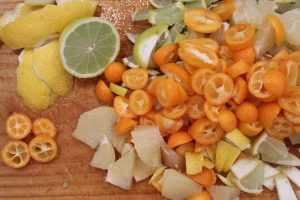

I peel the fruit, except the kumquats, remove the pith ( the white layer between the skin and the pulp) and chop it into small pieces as my husband likes a chunky marmalade. I don’t process the fruit to make a smooth puree. I thinly slice some of the peel and add that, too.
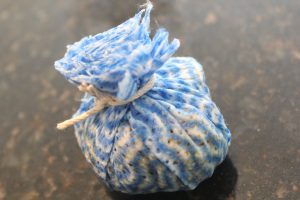

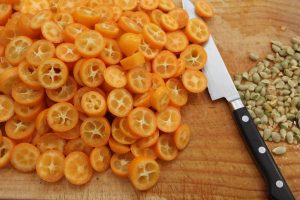

I cannot find the little muslin bags I made for cooking the pips, pith and some peel in to add pectin, the setting agent, to my marmalade, so back to fresh dishcloths. So unattractive! I cut a square from a new dishcloth, put the pips, pith and peel in the middle, gather it all up and tie it tightly with kitchen string. ( I kept the seeds from the kumquats I candied before and put them in with the other pectin rich seeds, pith and peel.) Add it to the fruit while it cooks.
When the fruit is ready weigh it and add 75% of the total weight in sugar, stir, add the pectin bag and microwave on high for 8 minutes. Carefully remove from the microwave and stir. Return it and cook another 8 minutes, stir, cook another 8 minutes, stir and then judge how thick and cooked your marmalade looks. It should be getting thicker, more golden and glossy in appearance. I needed to cook it for a fourth lot of eight minutes. At this point I dropped a spoonful on a chilled saucer, let it cool a little then dragged my finger across the surface. It wrinkled, indicating it was ready to bottle.
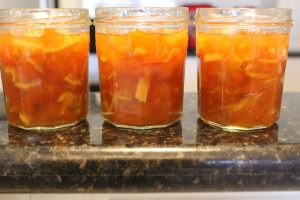

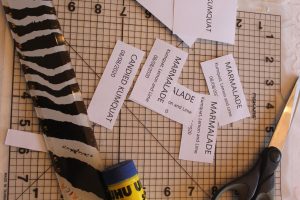

I’d already sterilized the recycled jam jars in the dishwasher. I used a ladle to fill the jars with hot marmalade. At this point it is still a little bit runny but sets to a firm, thick jam. Left them to cool while I printed some labels. Glued the labels on, all done!



Last time I wrote about making marmalade I was asked what I thought it cost to make my own. All the fruit I use is free from our own tree or from friends and neighbours. The sugar for three jars cost about 75 cents and we have solar panels which provide most of our electricity. The majority of our electricity bill is for administration, sustainability research and maintenance of supply. The jars I use are recycled time and time again. I have no way of valuing my time spent picking, washing, preparing, cooking and bottling the marmalade. It takes about 90 minutes but I do other tasks while it is cooking. So, really I don’t know what it costs but probably not very much for delicious, thick marmalade made of fresh fruit and sugar, nothing else.
READING


Talking about books we’d read, a friend suggested I would enjoy a series written about Venice. She’s right, I am really enjoying them! So is my husband. The author is an American who until two years ago lived in Venice. Donna Leon and her books feature Commissario Guido Brunetti. These books are a travelogue and thriller all in one. We travel Venice as Commissario Brunetta gently and thoughtfully solves murders, usually only one per book, but sometimes more. History, culture, architecture, music and of course food are all part of these stories about human frailties. The way courts deal with murder cases is different, too, based more on the passion resulting in the crime.
Leon’s books are enjoyed by millions of readers in 35 countries. Although translated into many languages she will not allow her books to be published in Italian. She has written 26 Commissario Guido Brunetti novels. We have only read five but I’ve ordered more.
LOCAL ICONIC IMAGES
Western Australia has adopted a hard border for some months to prevent the spread of CV-19. We have been very lucky. The infection rate and death rates are very low here. The economy is effected by the lack of tourists but things can change very quickly. Meanwhile, here are a few iconic images from my local area.
THE DINGO FLOUR MILL
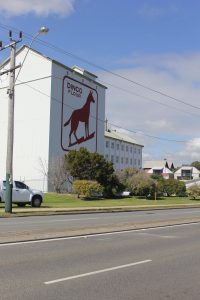

This historic and heritage listed silhouette of a red dingo is part of a flour milling complex on the highway going to Fremantle. The site has been used as a flour mill since 1922. The image is reproduced on a wide range of merchandise, from T-Shirts to stubby holders and tea towels.
COTTESLOE BEACH
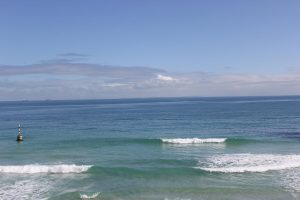

This beautiful beach, recognisable for its pylon and Rottnest Island on the horizon is a favourite with tourists and locals. Known for good surf and amazing sunsets, Cottesloe Beach also is home to the yearly Sculptures By The Sea Exhibition.
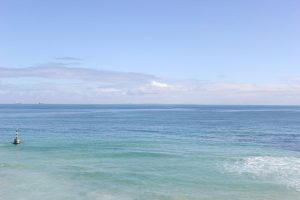

The concrete pylon, on the left, is part of a failed attempt in 1936 to build a shark proof fence. It is now popular with swimmers who swim from the beach to the pylon then back again.
THE BLUE BOAT HOUSE
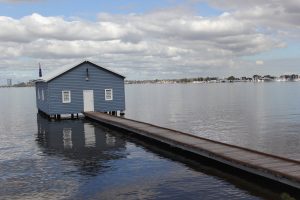

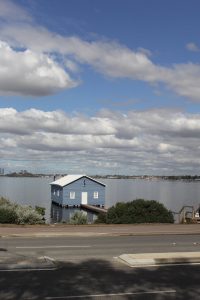

Owned by a local family since 1944, the Boat House, on the Swan River in Crawley, used to attract long queues of tourists, mostly Asian, wanting to take photos of themselves in front of it. A huge social media hit, the Boat House is mainly deserted nowdays but recognised world wide after featuring in advertisements for Singapore Airlines, Qantas and many Japanese ads.
AND IN THE GARDEN
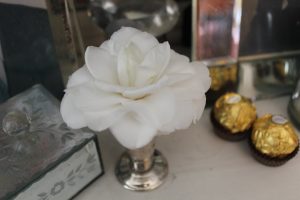

Very little blooming in the garden except this camellia which survived the last storm so we’re enjoying it inside.
WORLD HUMANITARIAN DAY
August 19th was World Humanitarian Day. This day is observed world wide each year to pay tribute to all the aid workers who risk their lives in humanitarian services. As the world fights CV-19, aid workers are facing enormous problems helping those most in need.
